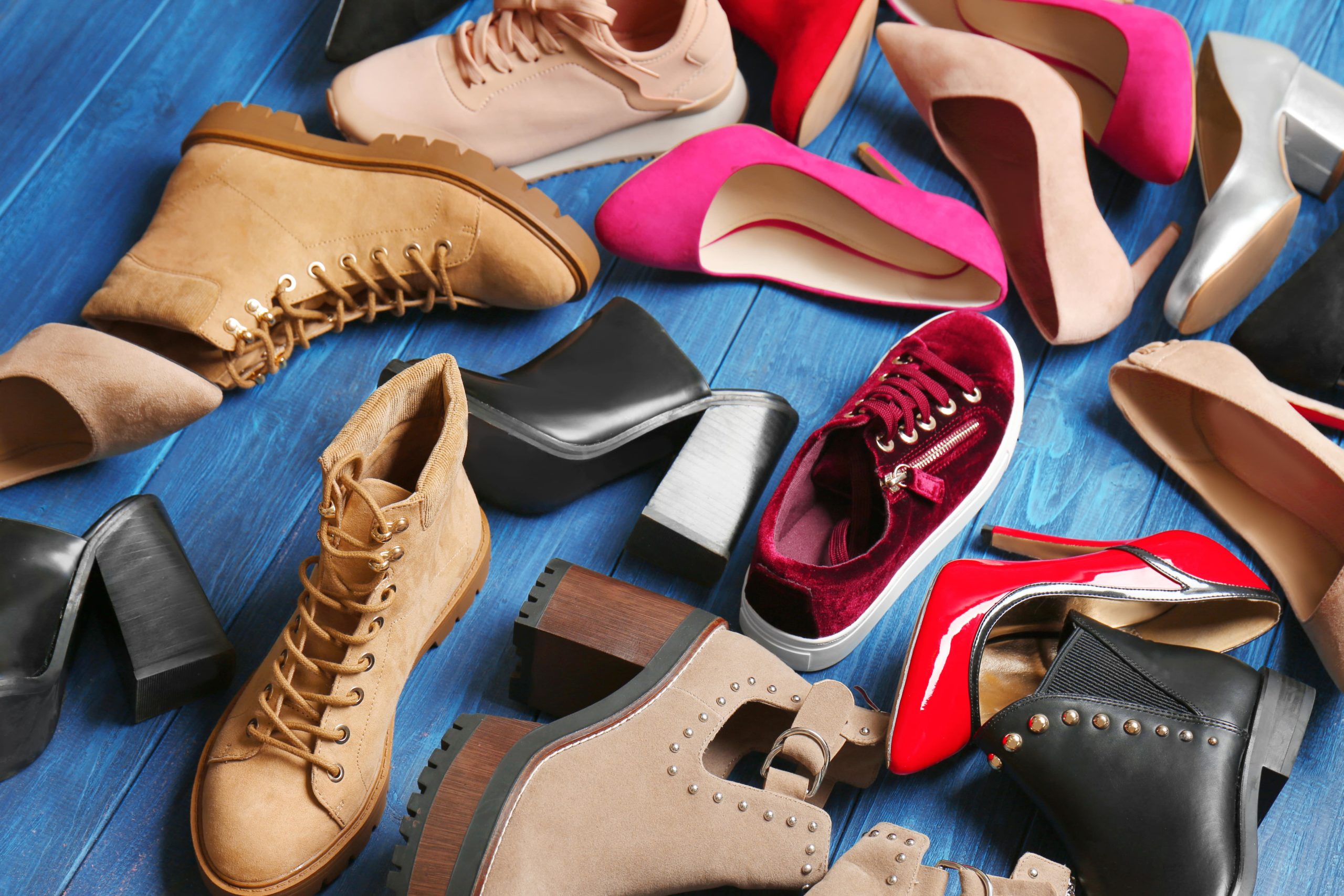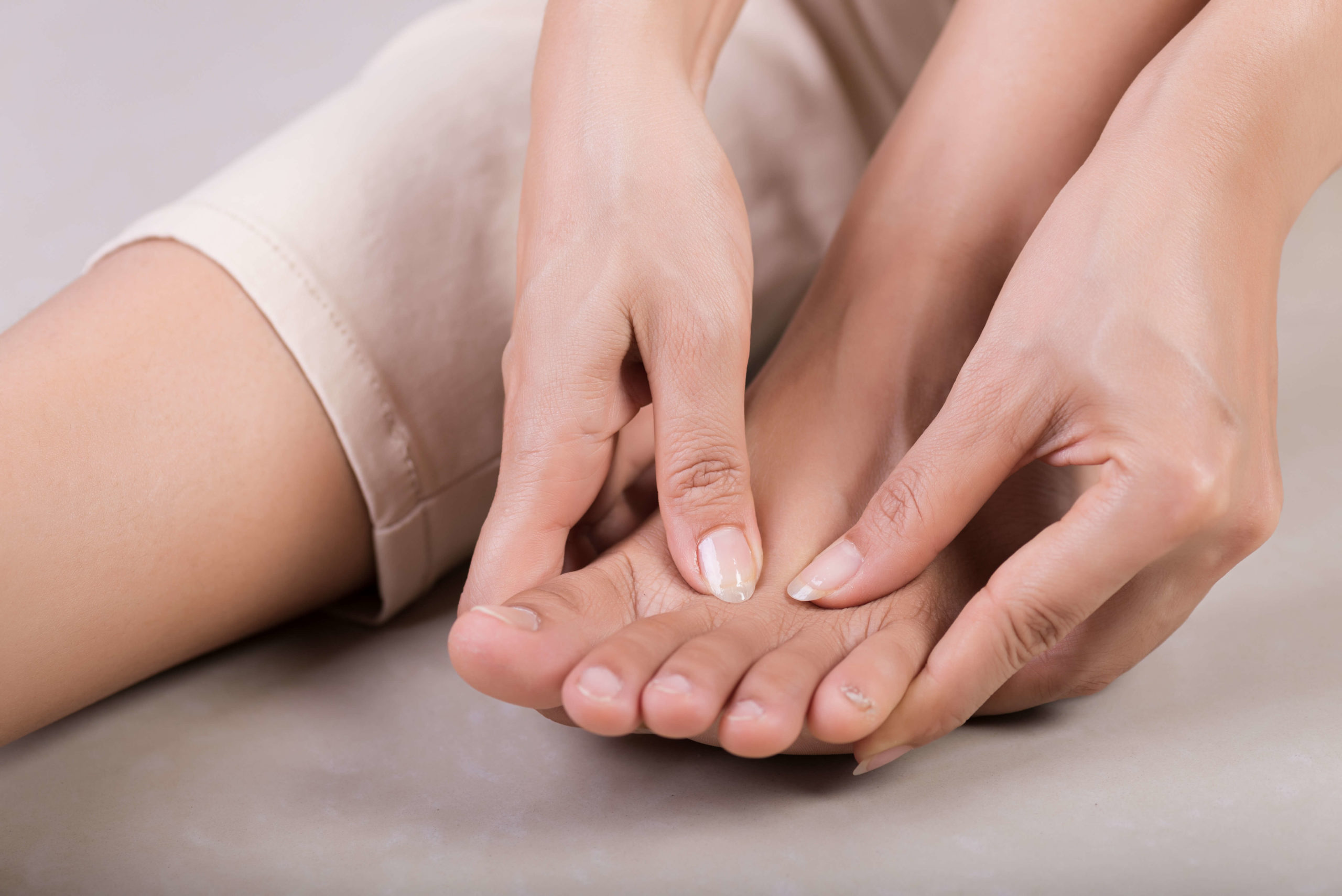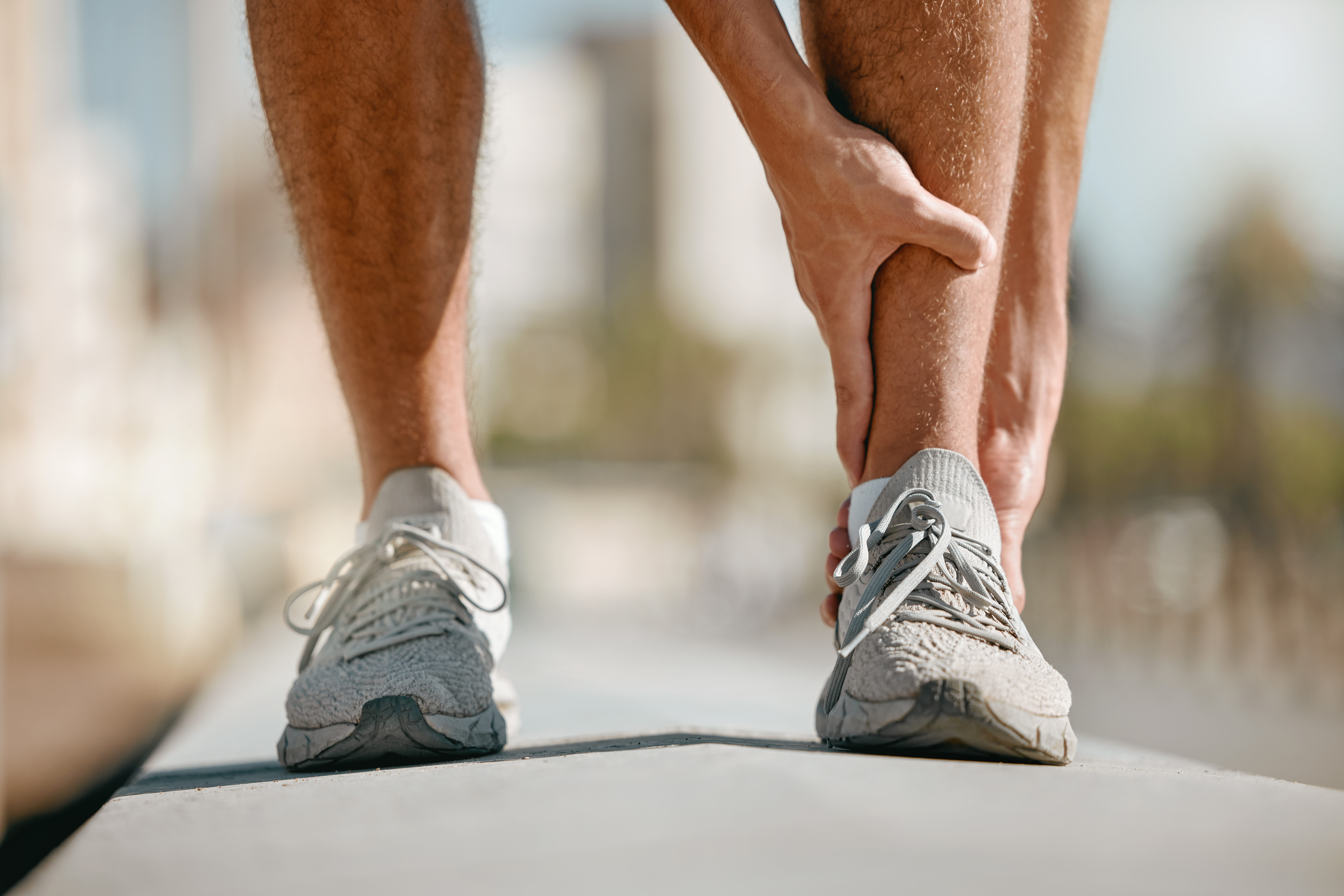

As podiatrists, we see a lot of people who are dealing with calluses and corns on their feet. These are common foot conditions that can be caused by a variety of factors, but one of the most common is footwear.
Wearing ill-fitting shoes or shoes that don’t provide enough support can cause your feet to develop calluses and corns. These conditions can be painful and unsightly, and they can make it difficult to walk or stand for long periods of time. In this blog, I’ll explain how footwear can contribute to the development of calluses and corns, and what you can do to prevent them.
What are calluses and corns? What’s the difference?
The skin is our largest organ and protects us from external threats. When the skin undergoes continuous moments of stress or trauma, the body recognises this and signals the skin to thicken. This defence mechanism strengthens our skin to these outside forces – which is a good thing. A callus is a diffuse thickening of a patch of skin, whereas a corn has the defining feature of a central core. Read more









